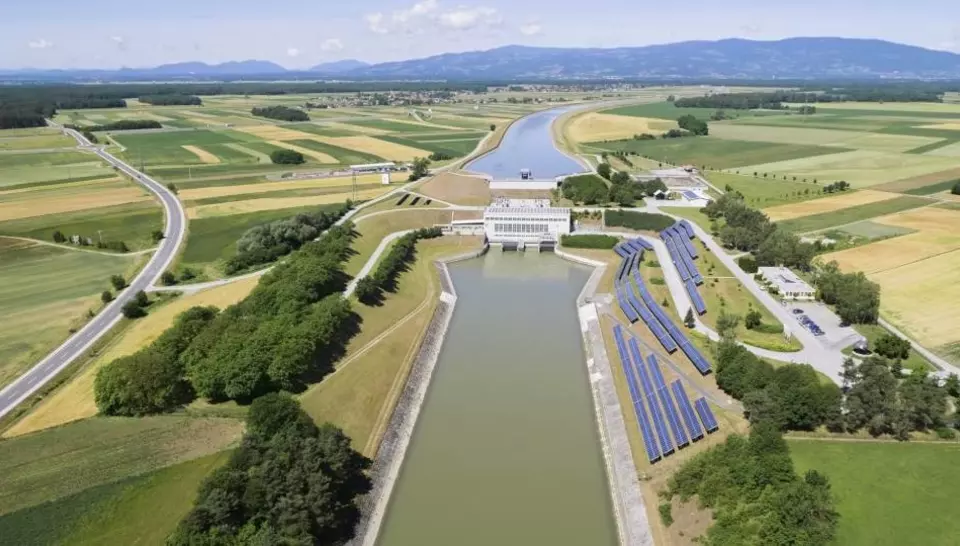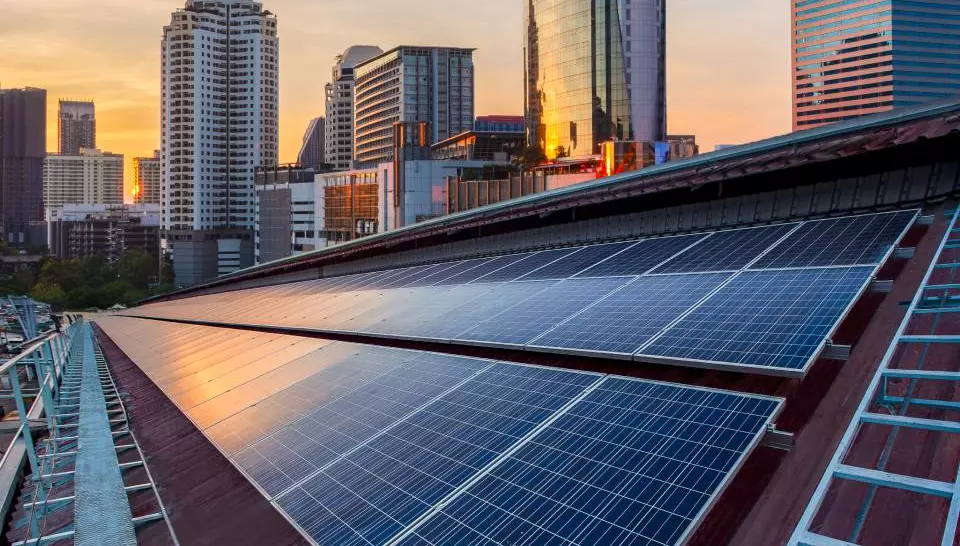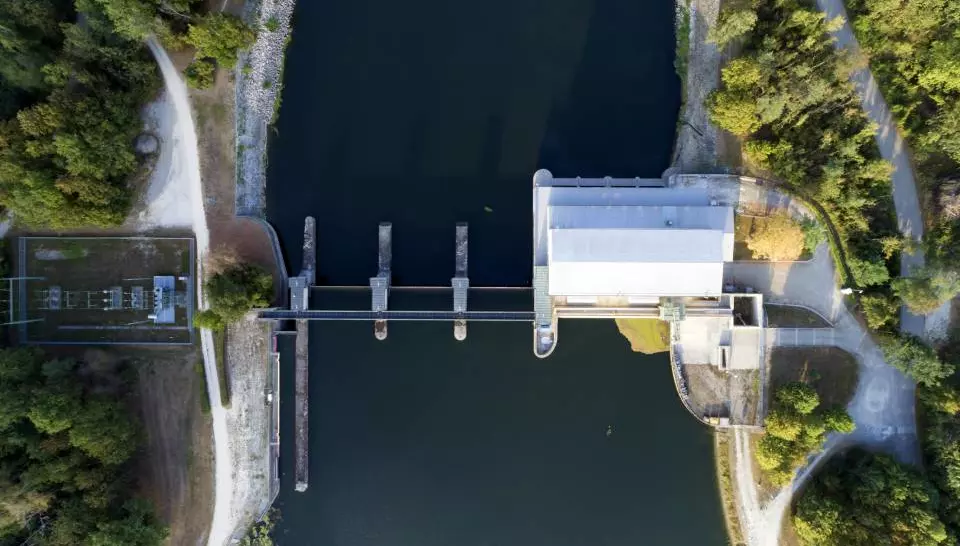Far from the main heat and nuclear plants, small, decentralised energy production units, intelligent networks and cryptocurrencies are speeding up the development of renewable energies.
Because the sun doesn’t shine all the time and the wind doesn’t blow constantly, renewable energy sources are often criticised for fluctuating. And yet, for several years now, a technological solution has enabled us to counter the variable availability of solar and wind energy. And not solely by storing energy on batteries – still very costly – but by assembling and steering a myriad of small electricity production and consumption points spread over a given area by means of a single, central information system.
Known as Virtual Power Plants (VPP), Known as Virtual Power Plants (VPP), these electricity flexibility mechanisms ensure the network’s stability and bring offer and demand into line at all times. They can even trigger additional production means depending on requirements, or, on the contrary, cut power selectively. Since 2015 in France, Centrales Next incorporates the production of different types of renewable energy and adjusts “reliable” energy production (hydraulic, biogas) when “unavoidable” energy production (solar, wind) is weaker than expected, due to weather conditions.
“Electrical flexibility goes hand in hand with a movement towards the decentralisation of energy production”.
It should be said that the current context is propitious for this type of mechanism, whether for industrial and company use or private consumption, for economic reasons or network reliability. “Electricity flexibility goes hand in hand with a movement towards the decentralisation of energy production, which is increasingly generated and consumed locally”, says Murat Isikveren, from Veolia’s Development, Innovation and Markets division, which also offers tailor-made energy management solutions.
Objective: 100% renewable energy
The aggregators running virtual power plants could outplay traditional market players. “ The idea, ultimately, is to replace or at least reduce the share of large power plants (thermal and nuclear) and find energy for consumers in other ways, by aggregating small sources of renewable energy,” forecasts Gad Pinto, who is in charge of Energy Markets at Veolia. “Electricity flexibility systems are growing faster in the countries with higher levels of renewable energy.”
It is hardly surprising therefore that certain countries are banking on mechanisms to speed up their energy transition. In February 2018, Australia, which has a strong sun and wind potential, announced that it was building the largest virtual power plant in the world. By 2022, according to information relayed by Le Monde, nearly 50,000 homes in Australia would be equipped by photovoltaic panels and a battery supplied by Tesla. Ultimately, the total capacity would reach 250 Megawatts, with 650 MWh of storage, and could therefore, at certain moments, supply as much energy as a coal plant or a gas turbine.
Solar cryptocurrency and electric vehicles
Energy flexibility is in its infancy. In the future, virtual power plants could count on feed from the blockchain, which would enable consumers to enter the energy production and distribution chain quickly, simply and securely. Initiatives already exist: in France, the start-up Sunchain, specialised in the management of collective auto-consumption, converts excess solar energy into cryptocurrency. SolarCoin does likewise: a currency converting solar energy (1 KWh = 1 SolarCoin) was launched in early 2014 to encourage companies and citizens to install solar panels.
In these networks of intelligent electricity (or smart grids), electricity mobility would also have a role to play. “The network will be increasingly bi-directional, to the extent that it will be possible to use an electric vehicle as a means of rebalancing the network,” says Murat Isikveren. This technology, known as “vehicle-to-grid”, is just beginning. It would enable the reinjection of the energy collected in the battery into the network during peaks in consumption (for a fee).
“Connecting 10,000 electric vehicles to the network would be the equivalent of the supply from a nuclear power plant.”
At the end of March, Renault launched some experiments of its bi-directional (or reversible) charging system in the Netherlands, Portugal and France. The manufacturer aims to deploy it on a large scale by equipping its future generations of electric cars with a bi-directional charger, as of 2020. Quoted in Le Monde, Takashi Hiromatsu, a “zero emissions” mobility specialist with Mitsubishi, considers that connecting 10,000 electric vehicles to the network would be the equivalent of the supply from a nuclear plant.

In partnership with Usbek & Rica, the media that explores the future





